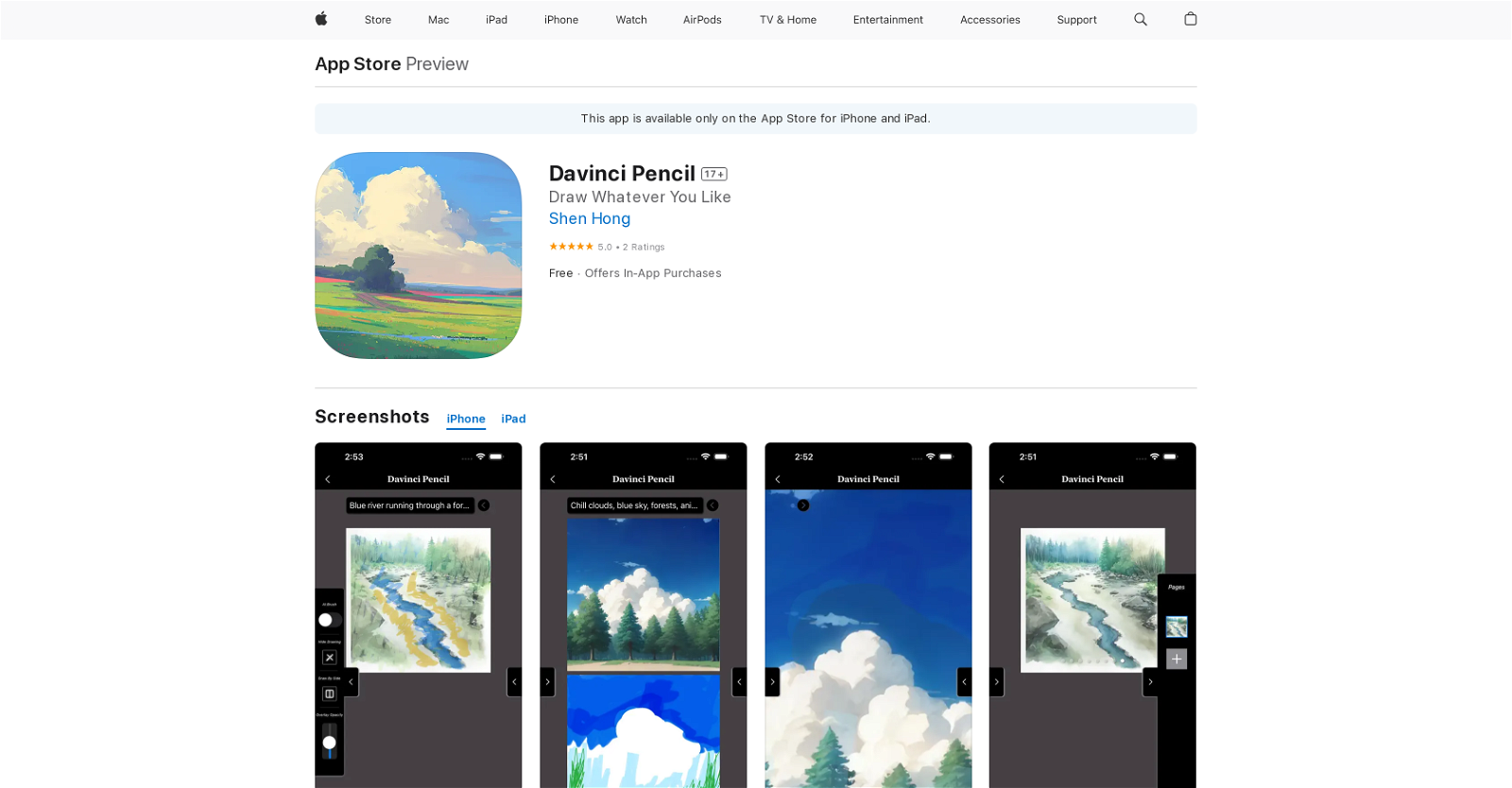The use of technology in education has been a topic of debate for years. While some argue that it can enhance the learning experience and provide students with valuable skills, others claim that it can distract from traditional teaching methods and hinder student engagement. In this essay, I will examine the pros and cons of using technology in education and argue that a balanced approach is the best way forward.
On the one hand, technology can provide students with a wealth of learning resources and tools that can enhance their educational experience. For example, online resources such as Khan Academy and Coursera offer high-quality educational content that can be accessed from anywhere with an internet connection. These resources can provide students with additional learning opportunities outside of the traditional classroom setting, and can help to supplement their learning experience. Additionally, technology can provide students with valuable skills such as coding, programming, and digital literacy, which are increasingly important in today's job market.
On the other hand, there are concerns that technology can distract from traditional teaching methods and hinder student engagement. For example, students may become too reliant on technology and neglect to develop important social skills such as communication and collaboration. Additionally, there is a risk that technology can create a sense of isolation among students, as they may spend more time interacting with screens than with their peers and teachers. Furthermore, there are concerns that technology can exacerbate existing inequalities in education, as not all students have access to the same resources and opportunities.
In my opinion, a balanced approach to using technology in education is the best way forward. While technology can provide valuable learning resources and skills, it is important to ensure that it is used in a way that complements traditional teaching methods and does not replace them entirely. This means incorporating technology into the classroom in a way that is thoughtful and intentional, and that takes into account the needs and preferences of students. For example, using technology to enhance group projects and collaborative learning experiences, rather than replacing them entirely. Additionally, it is important to ensure that all students have access to the technology and resources they need to succeed, regardless of their socioeconomic background.
In conclusion, the use of technology in education is a complex issue that requires careful consideration. While there are valid concerns about the potential drawbacks of technology, I believe that a balanced approach is the best way forward. By incorporating technology into the classroom in a thoughtful and intentional way, and ensuring that all students have access to the resources they need, we can create a more engaging and effective learning environment for all students.






